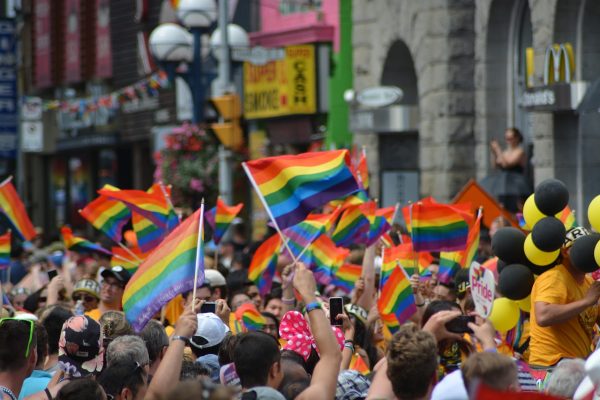History of St. Patrick’s Day
When students at FHS think about St. Patrick’s Day, typically they think about the shamrocks, green, and gold coins but do not know much about what St. Patricks Day is.
“I wear green and say ‘Happy St. Patrick’s Day’ to a few people and then I just go on with my day” sophomore Avery Stults said.
Stults explains how she goes to McDonald’s with her family for the Shamrock shakes during March. It is the most celebrating that they do during the time around St. Patrick’s Day. Other students have also expressed that they do not really understand why St. Patrick’s Day exists.
The holiday of St. Patrick’s Day has been celebrated on March 17 each year since 1903 when it became an official holiday, however, celebrations of Saint Patrick have been present since the late 9th century in Ireland.
St. Patrick’s Day was created to honor Saint Patrick who has a huge impact on Irish culture. He is believed to have died on March 17, 461 and originally explained the Holy Trinity to people by using shamrocks.
Saint Patrick had been kidnapped and brought to Ireland when he was 16 to be used as a slave. After his eventual escape, he returned to share Christinaity to the Irish people.
Before being called St. Patrick’s Day, the holiday was known as the Roman Catholic feast day of St. Patrick in which Catholics in Ireland held celebrations and attended special worship services to praise Saint Patrick.
After becoming an official holiday, the celebrations became bigger and more extreme especially in The United States when more people from Ireland began to immigrate.
The St. Patrick’s Day parades were used to show Irish-American pride after common prejudice towards them. They wanted to fight the stereotypes and find acceptance.
In 1962, the dying of the Chicago River green started. That year, city workers poured 100 pounds of green vegetable dye into the river to keep it green for a week during St. Patrick’s Day. Due to concerns of the environment, only 40 pounds of the dye is dumped in and it only stays green for a few hours. Other small towns have adapted this tradition and dyed their own rivers.
The holiday is celebrated in different ways around the world in countries such as Japan, Russia, and Singapore in which they eat Irish foods.
St. Patrick’s Day is now mainly used to drive tourism to Ireland and big celebrations in The United States.
Your donation will support the student journalists of Findlay High School. Your contribution will allow us to purchase equipment and cover our annual website hosting costs.



